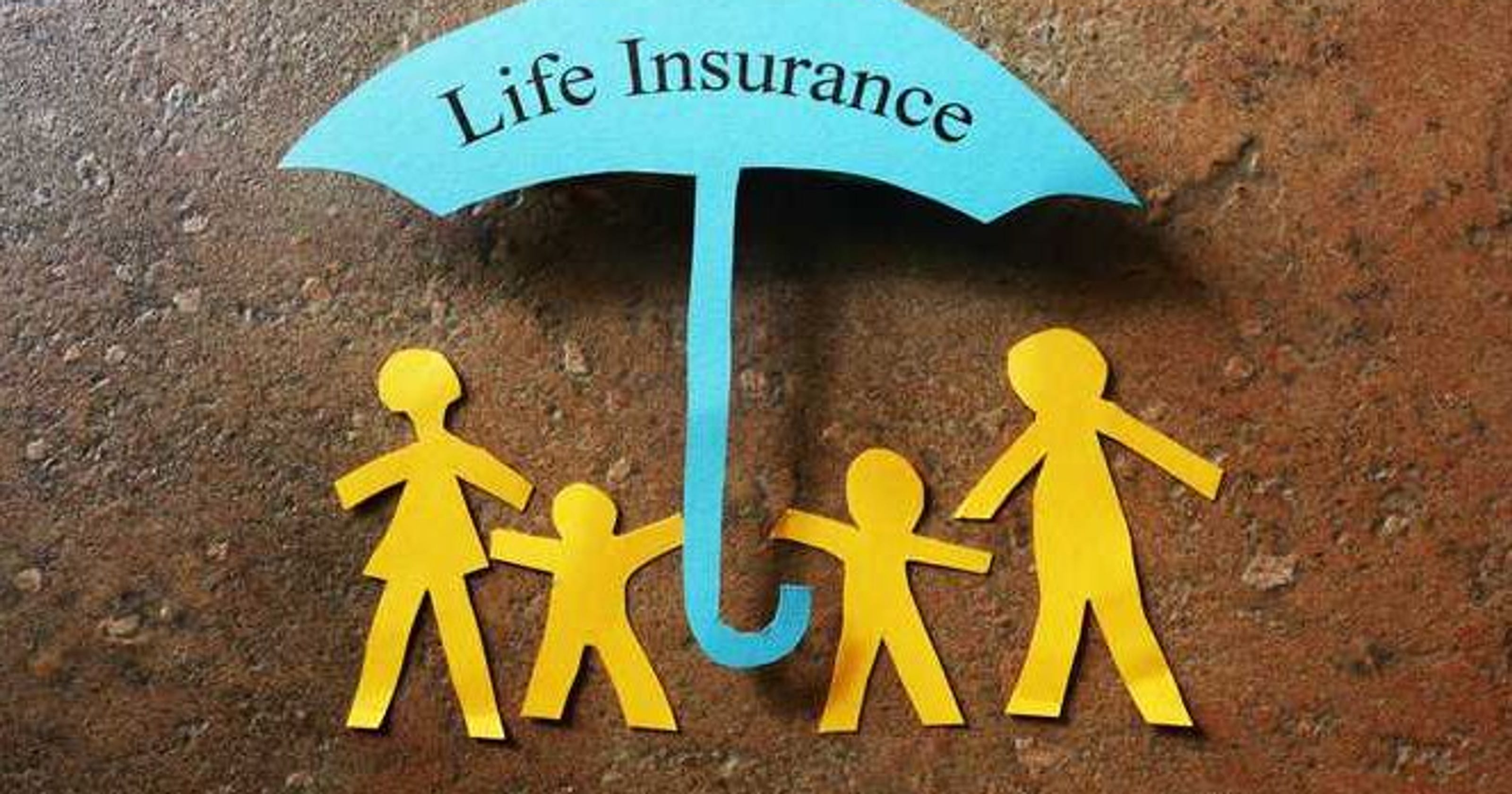Content

The allowance method estimates bad debt expense at the end of the fiscal year, setting up a reserve account called allowance for doubtful accounts. Similar to its name, the allowance for doubtful accounts reports a prediction of receivables that are “doubtful” to be paid. Using the direct write-off method, uncollectible accounts are written off directly to expense as they become uncollectible. Bad debt can be calculated based on the total AR, different clients, and their past dues. After that, it will be adjusted with the allowance balance, and the bad debt expenses will be registered.
InsolvencyInsolvency is when the company fails to fulfill its financial obligations like debt repayment or inability to pay off the current liabilities. Such financial distress usually occurs when the entity runs into a loss or cannot generate sufficient cash flow. Accounts receivable record purchases and transactions that have not yet been paid for by the customer. They are considered an asset because they are a financial resource that can be converted to cash in the near future, once the customer has paid. To truly transform your finance and accounting processes, you need the guidance of a trusted partner. Our proven approach has helped thousands of customers identify and address bottlenecks to free up capacity, strengthen controls, and deliver measurable results. Automatically process and analyze critical information such as sales and payment performance data, customer payment trends, and DSO to better manage risk and develop strategies to improve operational performance.
Direct or Write-off Method
For the taxpayer, this means that if a company sells an item on credit in October 2018 and determines that it is uncollectible in June 2019, it must show the effects of the bad debt when it files its 2019 tax return. This application probably violates the matching principle, but if the IRS did not have this policy, there would typically be a significant amount of manipulation on company tax returns. For example, if the company wanted the deduction for the write-off in 2018, it might claim that it was actually uncollectible in 2018, instead of in 2019. For example, at the end of the accounting period, your business has $50,000 in accounts receivable. For more information on nonbusiness bad debts, refer to Publication 550, Investment Income and Expenses.

The transaction still counts as a sale, but because you cannot count it as revenue you have to charge it to an expense account. Generally Accepted Accounting Principle which states that businesses must recognize expenses during their incurred period. With this method, you might not recognize https://www.bookstime.com/s until the next accounting period. Theoretically, this is not the correct way of identifying bad expenses. Another downside is that, since you record it as a credit to accounts receivable, it can cause balance sheet inaccuracies.
What Is a Bad Debt Expense?
Companies retain the right to collect these receivables should conditions change. Most balance sheets report them separately by showing the gross A/R balance and then subtracting the allowance for doubtful accounts balance, resulting in the “Accounts Receiveable, net” line item. Let’s consider a situation where BWW had a $20,000 debit balance from the previous period. Bench gives you a dedicated bookkeeper supported by a team of knowledgeable small business experts. We’re here to take the guesswork out of running your own business—for good. Your bookkeeping team imports bank statements, categorizes transactions, and prepares financial statements every month. To overlook this will artificially inflate the value of the business’s assets in the balance sheet.
With this method, accounts receivable is organized into categories by length of time outstanding, and an uncollectible percentage is assigned to each category. For example, a category might consist of accounts receivable that is 0–30 days past due and is assigned an uncollectible percentage of 6%. Another category might be 31–60 days past due and is assigned an uncollectible percentage of 15%. All categories of estimated uncollectible amounts are summed to get a total estimated uncollectible balance. That total is reported in Bad Debt Expense and Allowance for Doubtful Accounts, if there is no carryover balance from a prior period. If there is a carryover balance, that must be considered before recording Bad Debt Expense.
Calculating the percentage of bad debt
For more information on business bad debts, refer to Publication 535, Business Expenses. If you have $50,000 of credit sales in January, on January 30th you might record an adjusting entry to your Allowance for Bad Debts account for $3,335. In that case, you simply record a bad debt expense transaction in your general ledger equal to the value of the account receivable . Bad debt expenses are classified as operating costs, and you can usually find them on your business’ income statement under selling, general & administrative costs (SG&A). Accounting PeriodAccounting Period refers to the period in which all financial transactions are recorded and financial statements are prepared.
- Get instant access to video lessons taught by experienced investment bankers.
- At a basic level, bad debts happen because customers cannot or will not agree to pay an outstanding invoice.
- As a result, it’s always important to be prepared to deal with bad debt expenses.
- If the allowance for bad debts account had a $300 credit balance instead of a $200 debit balance, a $4,700 adjusting entry would be needed to give the account a credit balance of $5,000.
- The understanding is that the couple will make payments each month toward the principal borrowed, plus interest.
If a company’s bad debt as a percentage of its sales is increasing, it can be a sign of trouble. Therefore, it can be useful to calculate and monitor the percentage of bad debt over time.
How does a Bad Debt Expense impact chargebacks?
If a customer ends up paying (e.g., a collection agency collects their payment) and you have already written off the money they owed, you need to reverse the account. For many business owners, it can be difficult to estimate your bad debt reserve. We are balancing the matching principle and usefulness against perfection. We need to provide a reasonable picture of the company’s financial position at the end of the year, and that includes an estimate of accounts that will never materialize into cash. The information featured in this article is based on our best estimates of pricing, package details, contract stipulations, and service available at the time of writing. Pricing will vary based on various factors, including, but not limited to, the customer’s location, package chosen, added features and equipment, the purchaser’s credit score, etc. For the most accurate information, please ask your customer service representative.

Similarly, financial issues at the client can also cause them to fail to reimburse their suppliers. When these issues persist, companies must determine whether the debts are irrecoverable. Although bad debt shows up on the balance sheet, it is in a contra-asset account. This means that the Accounts Receivables will be credited on the debit section of the bad debt account. Manual processes lead to inefficient credit scoring, reduced real-time visibility into customer credit health, and slow reactive collections. By automating a business’s credit and collection processes, all of these problems can be easily mitigated. Another way you can calculate ADA is by using the aging of accounts receivable method.
How to record a bad debt
Mortgages that may be non-collectable can be written off as bad debt as well. As stated above, they can only be written off against tax capital, or income, but they are limited to a deduction of $3,000 per year. Any loss above that can be carried over to the following years at the same amount. Most owners of junior (2nd, 3rd, etc.) fall into this when the 1st mortgage forecloses with no equity remaining to pay on the junior liens. Business bad debts are debts closely related to your business or trade. They are created or gained through transactions directly or closely related to your business or trade. A loss from a business bad debt occurs once the debt acquired or gained has become wholly or partly worthless.
Therefore, it impacts the income statement and the balance sheet simultaneously. Once recognized, this amount does not appear on the balance sheet as a recoverable balance. In general, the longer an account balance is overdue, the less likely the debt is to be paid. Therefore, many companies maintain an accounts receivable aging schedule, which categorizes each customer’s credit purchases by the length of time they have been outstanding. Each category’s overall balance is multiplied by an estimated percentage of uncollectibility for that category, and the total of all such calculations serves as the estimate of bad debts. The accounts receivable aging schedule shown below includes five categories for classifying the age of unpaid credit purchases. So, when recording allowance for doubtful accounts on the accounts receivable balance sheet, you’ll add any existing AFDA balance to the adjustment balance to find the ending balance.
Therefore, under the direct write-off method, a specific dollar amount from a customer account will be written off as a bad debt expense. Bad debt expense is the way businesses account for a receivable account that will not be paid. Bad debt arises when a customer either cannot pay because of financial difficulties or chooses not to pay due to a disagreement over the product or service they were sold. A major concern when developing a bad debt expense is when new products are being sold, since there is no historical information on which the expense estimate can be based. In this case, one option is to base the expense on the most similar product for which the organization has historical data.
In addition, this accounting process prevents the large swings in operating results when uncollectible accounts are written off directly as bad debt expenses. In contrast to the direct write-off method, the allowance method is only an estimation of money that won’t be collected and is based on the entire accounts receivable account. The amount of money written off with the allowance method is estimated through the accounts receivable aging method or the percentage of sales method. For publicly traded companies following GAAP, or a high volume of sales on credit, the allowance method is used.
In this post, we’ll further define bad debt expenses, show you how to calculate and record them, and more. Read on for a complete explanation or use the links below to navigate to the section that best applies to your situation. Bad debt rate is the percentage of bad debt that a company writes off as an expense or loss using the direct write-off or allowance method.
- (Assume all those others are paying or have paid. Now there are new revenues and new accounts receivable, but right now we’re just trying to isolate this one issue).
- The percentages will be estimates based on a company’s previous history of collection.
- These balances come from customers to whom a company has delivered goods or services.
- Bad debt protection can help limit some losses when customers are unable to pay their bills.
- Streamline and automate detail-heavy reconciliations, such as bank reconciliations, credit card matching, intercompany reconciliations, and invoice-to-PO matching all in one centralized workspace.
Finally, one might base the bad debt expense on a risk analysis of each customer. No matter which calculation method is used, it must be updated in each successive month to incorporate any changes in the underlying receivable information. When sales transactions are recorded, a related amount of bad debt expense is also recorded, on the theory that the approximate amount of bad debt can be determined based on historical outcomes. This is recorded as a debit to the bad debt expense account and a credit to the allowance for doubtful accounts. The actual elimination of unpaid accounts receivable is later accomplished by drawing down the amount in the allowance account. Bad debt expenses are generally classified as a sales and general administrative expense and are found on the income statement. Recognizing bad debts leads to an offsetting reduction to accounts receivable on the balance sheet—though businesses retain the right to collect funds should the circumstances change.
How to Account for Bad Debts
If the allowance for bad debts account had a $300 credit balance instead of a $200 debit balance, a $4,700 adjusting entry would be needed to give the account a credit balance of $5,000. If the actual bad debt was greater than the provision, the bad debt expense must be tracked on the income statement for the same accounting period during which the loan or credits were issued. Keeping a record of bad debts helps maintain balanced statements while allowing you to make better financial decisions. Nonetheless, you can only record bad debts if you use accrual-based accounting. Those using cash accounting principles cannot do this since they have no recorded bad debt to undo or balance. The write-off method may seem like an easier way to deal with doubtful debts than the allowance method. Another upside is that it reduces the tax burden because you can write off the bad debt expenses from your taxable income.
Is bad debt an expense or loss?
Bad debt is an expense that a business incurs once the repayment of credit previously extended to a customer is estimated to be uncollectible and is thus recorded as a charge off.
For the sake of this example, assume that there was no interest charged to the buyer because of the short-term nature or life of the loan. When the account defaults for nonpayment on December 1, the company would record the following journal entry to recognize bad debt. When a business offers goods and services on credit, there’s always a risk of customers failing to pay their bills. The term bad debt refers to these outstanding bills that the business considers to be non-collectible after making multiple attempts at collection. A business deducts its bad debts, in full or in part, from gross income when figuring its taxable income. For more information on methods of claiming business bad debts, refer to Publication 535, Business Expenses. If someone owes you money that you can’t collect, you may have a bad debt.





